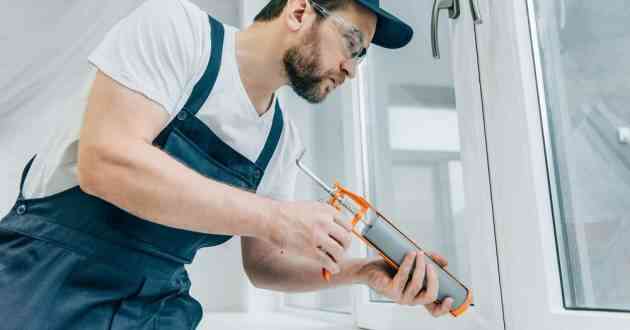Tackling Water Woes: The Ultimate Handbook For Swift And Effective Leak Repairs
Here are the steps to take when you have a water leak in your home.
Water leaks can be a homeowner's worst nightmare, causing damage to property, mold growth, and sky-high water bills. But fear not, for we are here to provide you with the ultimate handbook for tackling water leaks swiftly and effectively. Whether you're dealing with a small drip or a major burst pipe, this guide will help you navigate the world of leak repairs with ease.
Identify the Source
The first step in tackling a water leak is to identify its source. This may seem obvious, but sometimes leaks can be sneaky and hard to pinpoint. Start by checking all visible pipes, faucets, and appliances for any signs of moisture or dripping. If you can't find the source of the leak, don't hesitate to call in a professional plumber for help. Once you've identified the source of the leak, it's time to gather the necessary tools and materials for the repair. Depending on the size and location of the leak, you may need items such as pipe wrenches, plumber's tape, pipe sealant, and replacement fittings.
Shut Off the Water
Next, it's time to shut off the water supply to the affected area before starting any repairs. This will prevent further damage and give you the peace of mind to work on fixing the leak without any additional complications. If you're dealing with a small leak, such as a dripping faucet, you may be able to easily repair it with the appropriate tools and materials. However, for larger leaks, such as a burst pipe, it's best to call in a professional plumber to ensure the repair is done correctly and safely.
Clean the Area
Once the leak has been repaired, it's important to thoroughly dry and clean the affected area to prevent mold growth and water damage. Use a combination of towels, fans, and dehumidifiers to quickly dry out any wet surfaces and prevent further problems down the line. Finally, it's essential to monitor the repaired area for any signs of future leaks or damage. Keep an eye out for any dampness, mold growth, or weird smells, as these could indicate a recurring issue that needs to be addressed promptly.
Tackling plumbing leak repair may seem like a daunting task, but with the right tools, knowledge, and a bit of elbow grease, you can effectively repair leaks in your home and prevent further damage. Remember to always shut off the water supply before starting any repairs, gather the necessary tools and materials, and don't hesitate to call in a professional plumber for help with larger or more complex leaks. By following the tips outlined in this ultimate handbook, you'll be well-equipped to handle any water woes that come your way. Keep your home dry and your water bills low by staying proactive in the fight against leaks.


